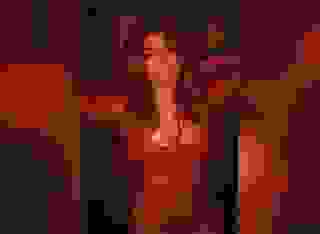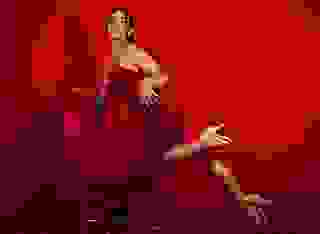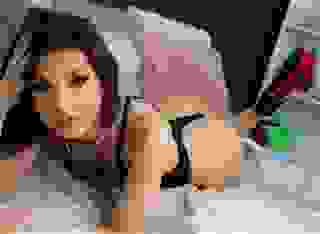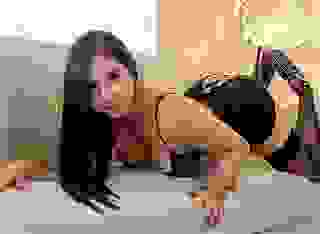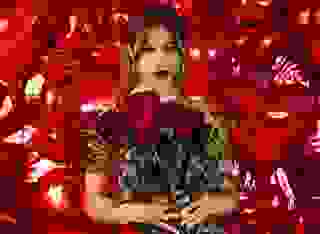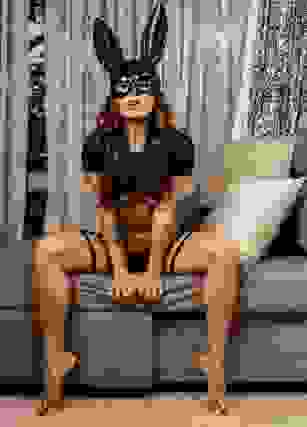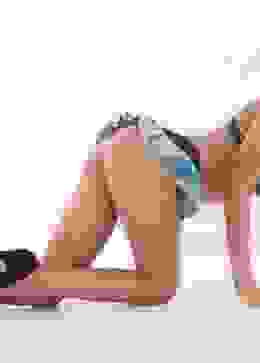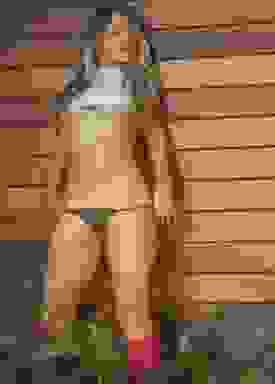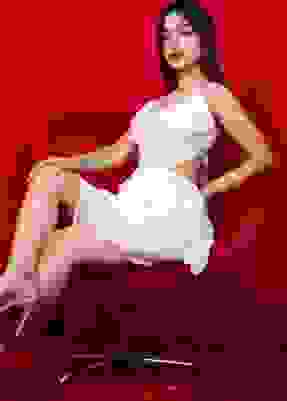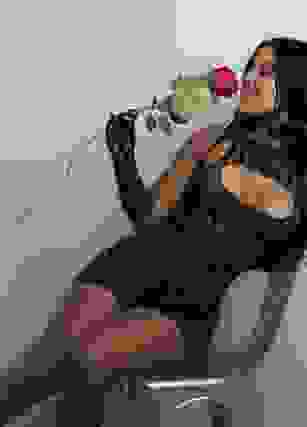- Incest/Taboo
- Picture This Ch. 06
- Comments
All Comments on 'Picture This Ch. 06'
by neruval442
- 2 Comments
Wonderful so far! Can’t wait for more.
Far be it from me, a mere former American English teacher, to school a Brit on usage of the Queen’s English, however . . . .
There is a grammatically correct way to present a quote within a quote by using apostrophes a “single quotation marks”, like this:
Seamus said, “I asked the barman for Bushmill’s and he replied, ‘Sorry, Mate, we don’t sell Protestant whiskey here!’ “
Definitely you'll catch more than a few solecisms of punctuation (and probably grammar too) in here :). Keeping tabs on spoken words within reported action or fantasy while writing these makes my head hurt. (I think I get one thing right, though, which is to leave off the closing speech marks at the end of a line when the same speaker is going to continue, lol).
I Googled and got the below;
We use inverted commas (also called quotation marks, quotes or speech marks) to indicate direct speech. Double quotes (") are preferred in American English, while single quotes (') are more common in British English:
"I'm coming home late tonight," she said. (American English)
'I'm coming home late tonight,' she said. (British English) - (not in my experience!)
If we quote within direct speech, we use the other style for the embedded quotation:
"She said, 'I'm coming home late tonight'," recalled Jim. (American English)
'She said, "I'm coming home late tonight",' recalled Jim. (British English)
I don't think, as you pointed out, that I'm doing either of these, exactly, but I'm going with what works visually/for a reader, I hope (one reason I avoid single quote marks is that they're definitely correct for possessives/elisions and it just looks "wrong" to have a single quote introducing words which then have single quotes to mark the possessives etc.)
